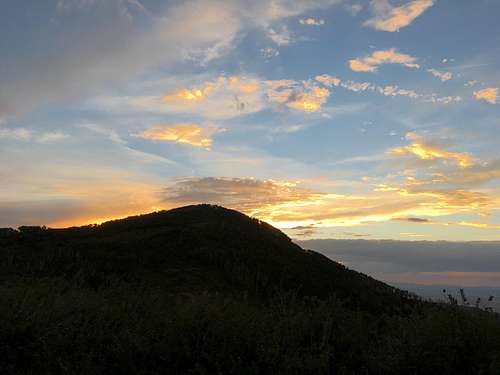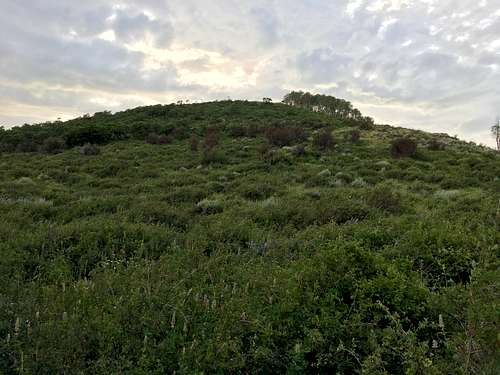-
 1930 Hits
1930 Hits
-
 73.39% Score
73.39% Score
-
 4 Votes
4 Votes
|
|
Mountain/Rock |
|---|---|
|
|
38.67866°N / 112.32848°W |
|
|
Millard |
|
|
Hiking |
|
|
Spring, Summer, Fall, Winter |
|
|
9154 ft / 2790 m |
|
|
Overview
Indian Peak is the second highest peak in the southern portion of the Pahvant Mountains that sits about 1 mile west of its higher neighbor, Joseph Peak. There is no trail to the summit but plenty of cattle and game trails allow for minimal bushwhacking up the eastern slopes. The summit offers great views of the Pahvant Mountains, Tushar Mountains, and the basin and range country of western Utah.
Getting There
From the small town of Joseph, take East Main Street west. It turns into Highway 118, then Forest Road 110 (Rockwood Road) west of I-70. Continue straight on this road for about 10 miles from I-70. The dirt road is fairly well-maintained as should be passable to most vehicles. About 0.6 miles past Joseph Peak, on the west side of a flat with a great view of the Tushar Mtns, is a side-route of the Paiute Trail. Take a right onto this road, which will definitely require high-clearance. Drive about 0.5 miles to the road's end.
Route
From the end of the dirt road, pass through the narrowed gate that permits ATVs smaller than 50". Walk down the road to the saddle on the eastern side of the peak. When the road curves north, veer uphill through the brush via cattle trails. Ascend the slope moving west taking the path of least resistance. There are 2 false summits to prepare mentally as you work your way up the vegetated eastern slope.
Round-trip Distance: 1.32 miles
Round-trip Elevation Gain: 700 feet



